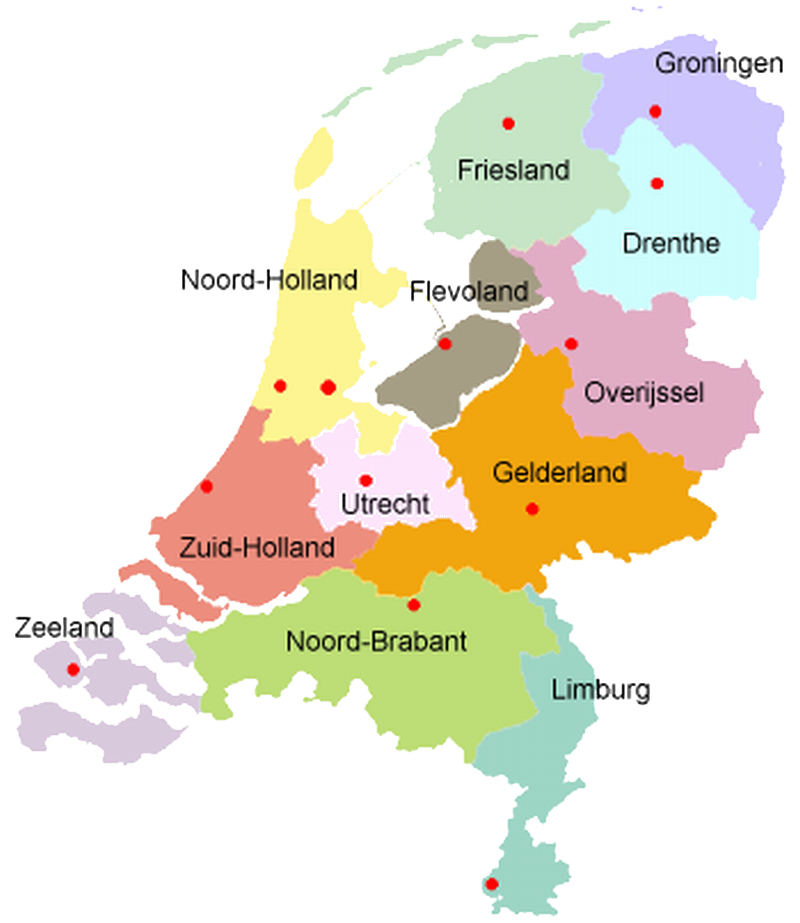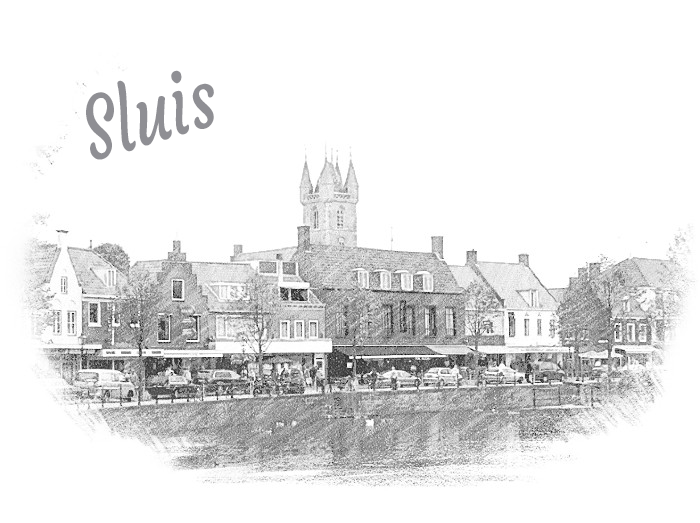
well-preserved medieval buildings
The picturesque town of Sluis exudes an old-world charm that transports visitors back in time. With its cobbled streets, historic architecture, and serene canals, Sluis offers a delightful escape from the hustle and bustle of modern life.
Stepping into Sluis feels like stepping into a storybook. The town’s well-preserved medieval buildings and quaint shops create an enchanting atmosphere that captures the essence of Dutch heritage. The iconic Belfort tower stands tall, a testament to Sluis’s rich history as a medieval trading hub.
One of the town’s highlights is its network of canals, which wind their way through the heart of Sluis. Strolling along the water’s edge or taking a leisurely boat ride provides a unique perspective of the town’s beauty. The Sluis Sluice Complex, a remarkable engineering feat, showcases the Dutch mastery of water management and is a testament to the town’s significance in the region’s history.
Aside from its charming aesthetics, Sluis is renowned for its culinary offerings. The town boasts a variety of quaint cafes, traditional Dutch pancake houses, and fine dining establishments. Visitors can savor local delicacies while enjoying views of the canals and historic sites.
In essence, Sluis is a hidden gem that encapsulates the essence of Dutch culture, history, and beauty. Its cobblestone streets, historic architecture, and serene canals provide an idyllic setting for an unforgettable getaway. Whether you’re a history enthusiast, a food lover, or simply seeking a tranquil escape, Sluis offers an enchanting experience that leaves a lasting impression.
Town hall with belfry
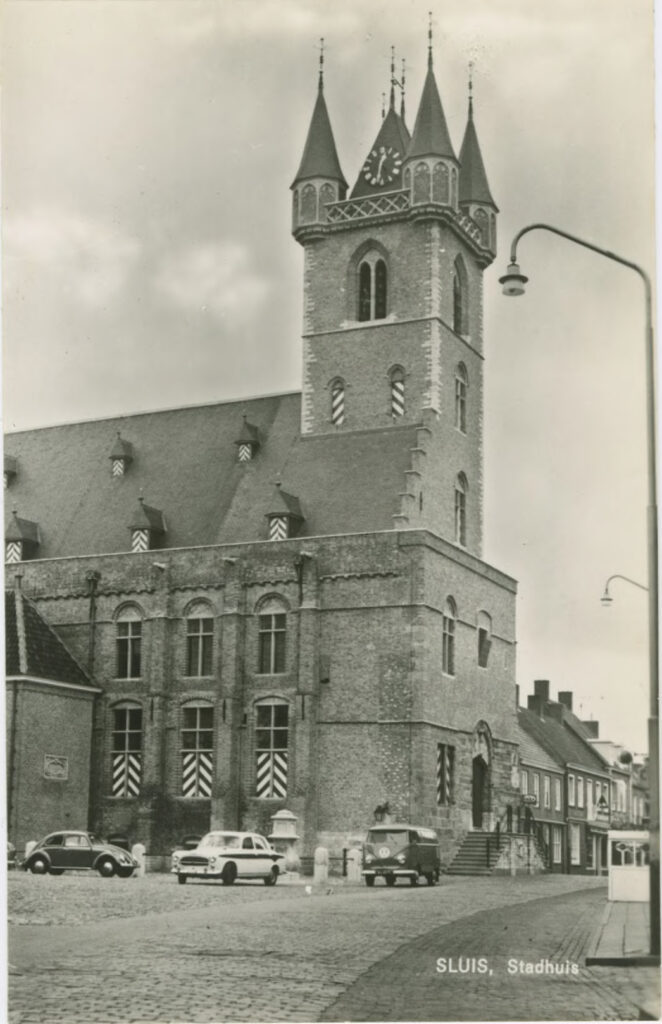
The biggest eye-catcher of Sluis is the town hall, which is the only one in the Netherlands equipped with a belfry, a fortified tower with four corner turrets. The town hall was built in 1390 as a symbol of urban freedom after the example of the belfries in Ghent and Bruges. In 1944 the building suffered heavy damage, after which it was rebuilt in 1956. The council chamber is closed by an 18th-century wrought iron fence that comes from the town hall of Middelburg. Along the walls are paintings and a tapestry (1650). The tower (142 steps) offers a wide view over the Zeeland landscape.

prelude to the Hundred Years' War.

Sluis was probably founded around 1260 by the Flemish count Jan I of Namur and originally had the name Lamminsvliet.
In 1324, however, Sluis received its current name. The city owes its origin to the silting up of the Zwin. As a result, the direct connection of the important trading city of Bruges to the sea was blocked and Sluis became the most important outer port of Bruges. In 1290 the village already received city rights and due to its strategic location the city became a fortified town in 1382.
In 1340, the Battle of Sluis had already taken place in the mouth of the Zwin, which was the prelude to the Hundred Years’ War.
Sluis hero
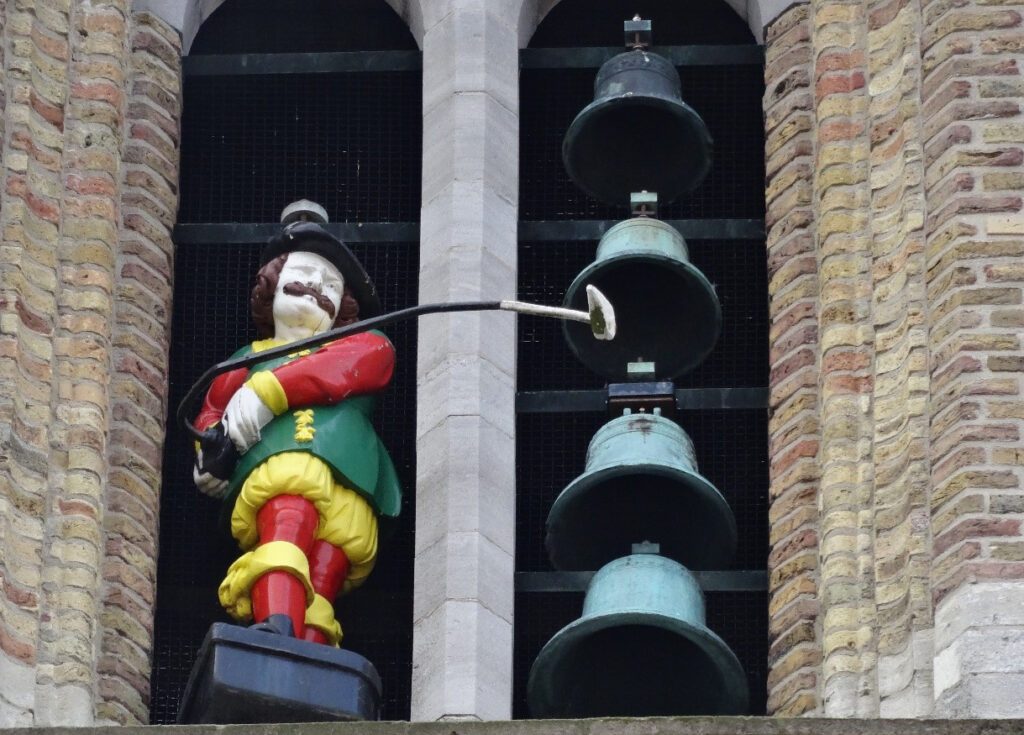
A central story element is that Sluis was conquered by Prince Maurits in 1604 and that the Spaniards wanted to regain control of the city.
In 1606 the time had come during the Attack on Sluis (1606). The Spaniards devised a ruse, setting up an army at the East Gate, while on the south side a mock maneuver had to take place to divert attention. At the appointed time, when the clock would strike, the attack had to be launched.
However, the clock did not strike, because the clock-setter, nicknamed Jantje van Sluis, had just been to the fair that day and had drunk a beer too much. He had his son and his nephew wind up the clock. They did it too firmly, causing the clock mechanism to refuse service. As a result, the clock did not strike. The Spaniards thought of treason and did not dare to take the city. Jantje van Sluis has been Sluis’ hero ever since.

The municipal coat of arms is derived from the coat of arms of the city of Sluis. A first coat of arms of what is now called Sluis, earlier names are Lammingsvliet or Lambertsvliet, was depicted on a seal from between 1290 (the year the place obtained city rights) and 1300. The seal shows a sailing ship on which a bishop stands. The bishop holds his right hand raised and a bishop’s staff in his left. To the left of the ship four fish and to the right two. The counter seal from the same period also shows a ship, but without the bishop and with fewer fish: a fish on each side of the sail.
The coat of arms was granted to the municipality of Sluis on 31 July 1817. After the merger in 1995, a red field with a silver wave line was included in the lower half of the coat of arms of Sluis-Aardenburg as a reference to the old coat of arms of Sluis. Since 2003, the area has been part of a new municipality of Sluis. In the coat of arms of this new municipality, the old coat of arms of Sluis is included in the shield foot.
Windmill of sluis
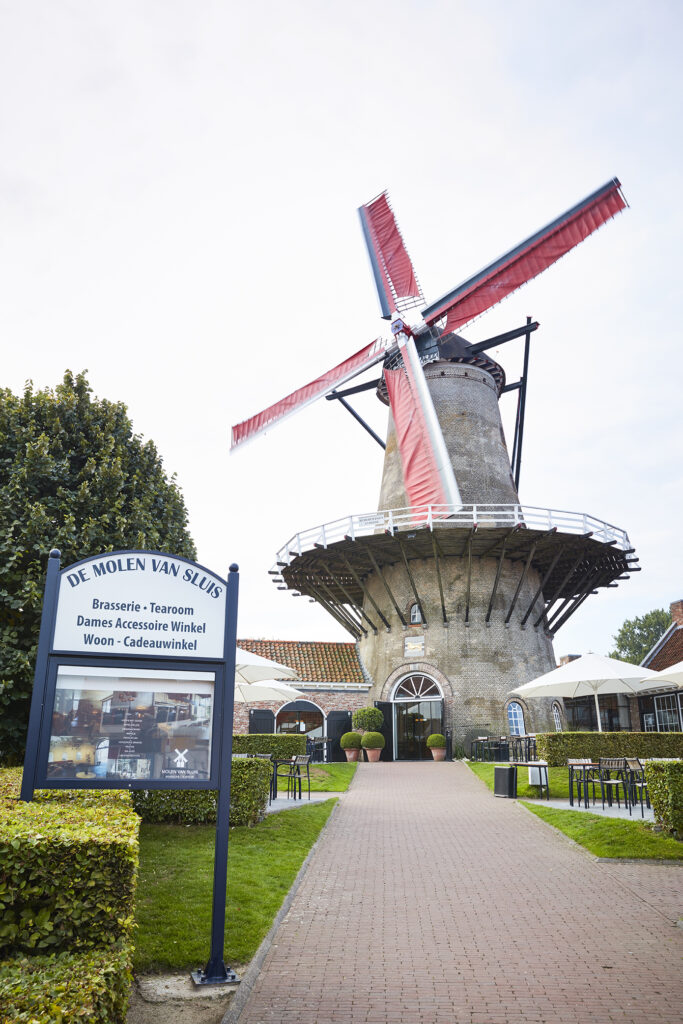
The Brak is a round stone scaffolding mill that is located in Sluis and has been converted into a grist mill. Although the city of Sluis had seven windmills in the 15th century, most of them were demolished. The last two, both wooden standerdmolens, in 1926 and 1937. Remaining is De Brak, named after a dog breed, which was built in 1739 and is located on a 2.5 m high millbelt. It was the first stone mill of Sluis.
Interesting about this mill is the beautiful façade stone above the door, on which a dog is depicted and the year of the foundation as well as the names of the founders are mentioned in a wavy text. The mill can be visited almost daily from Easter to the end of October






